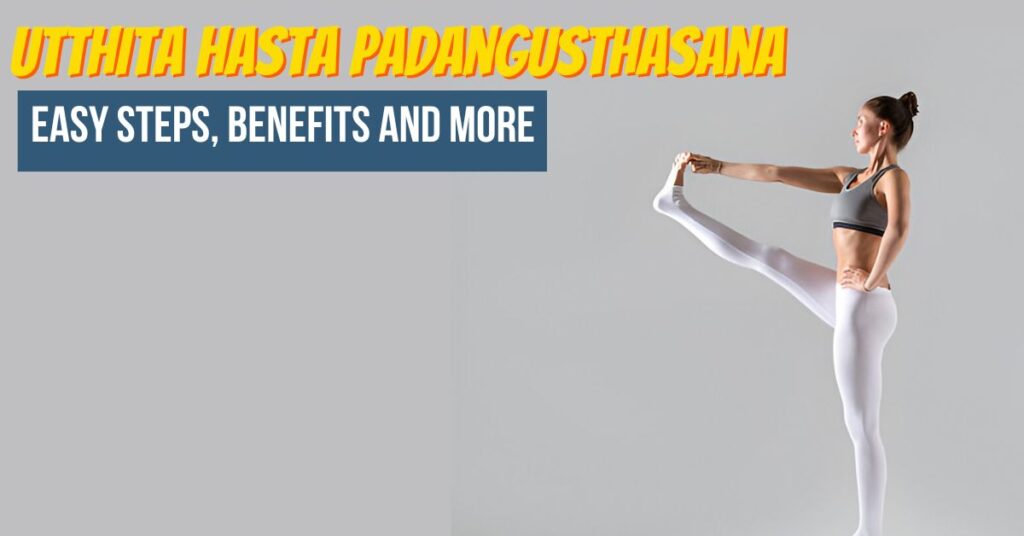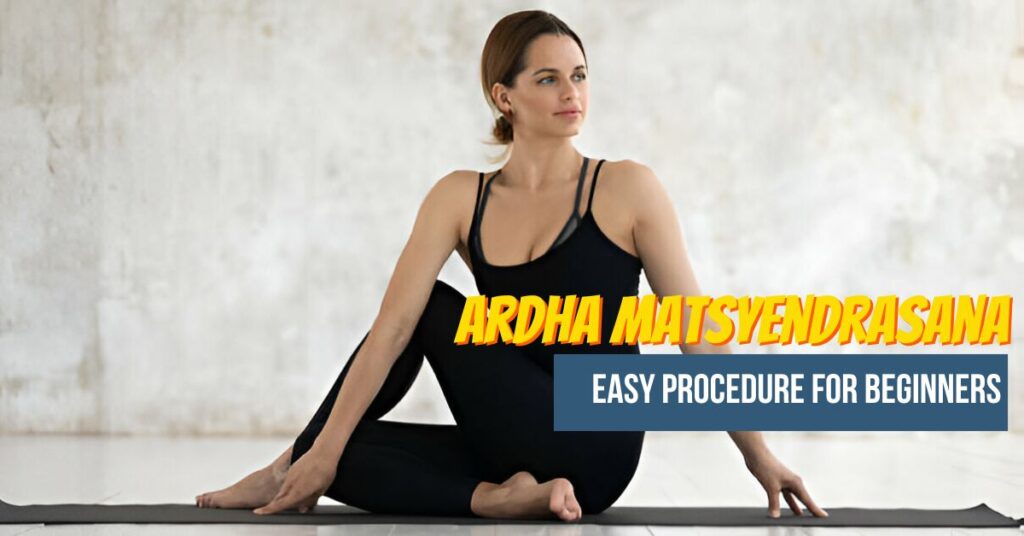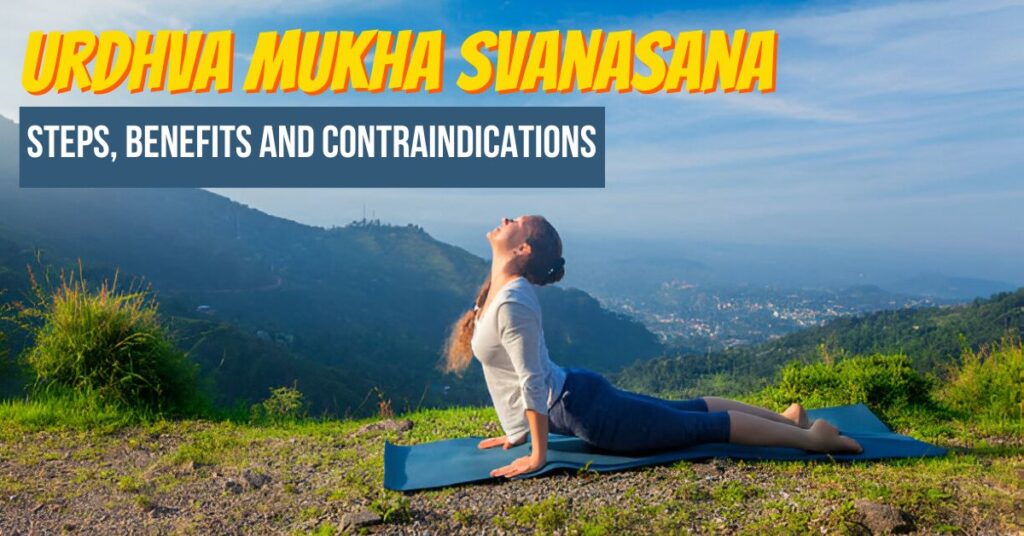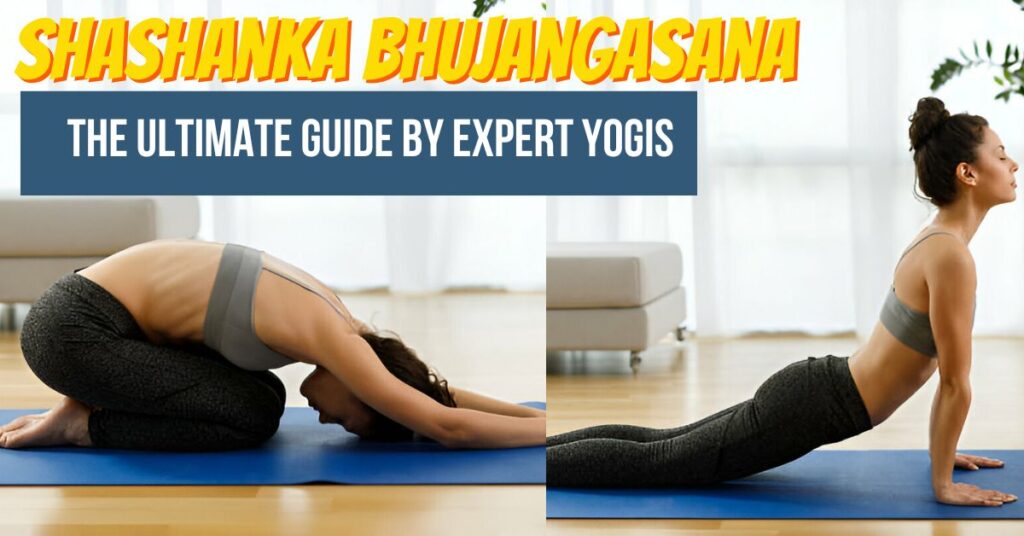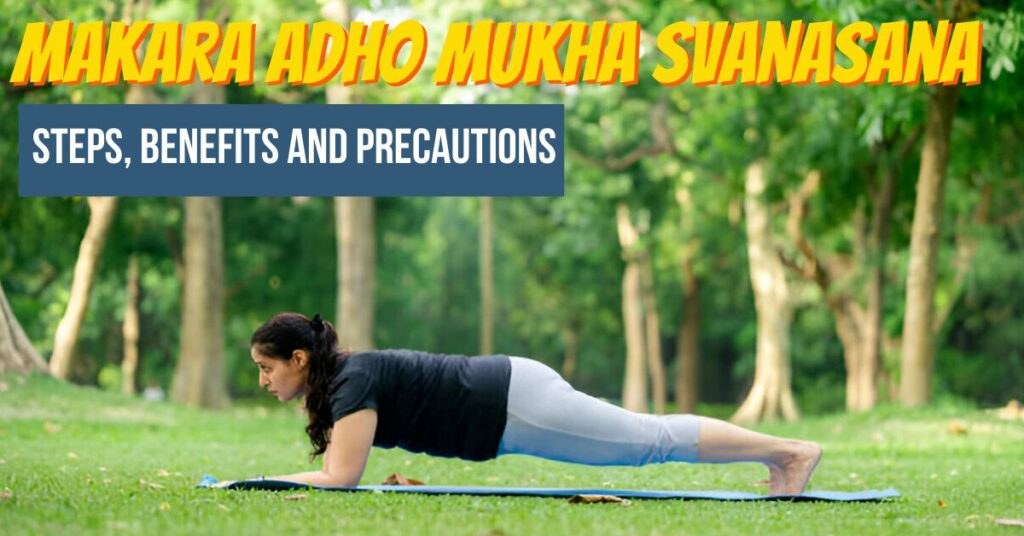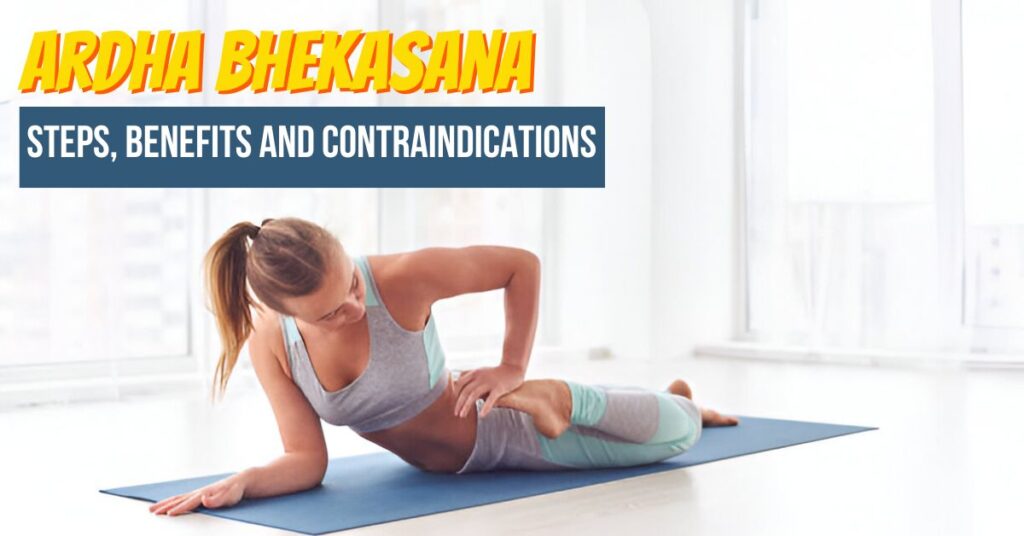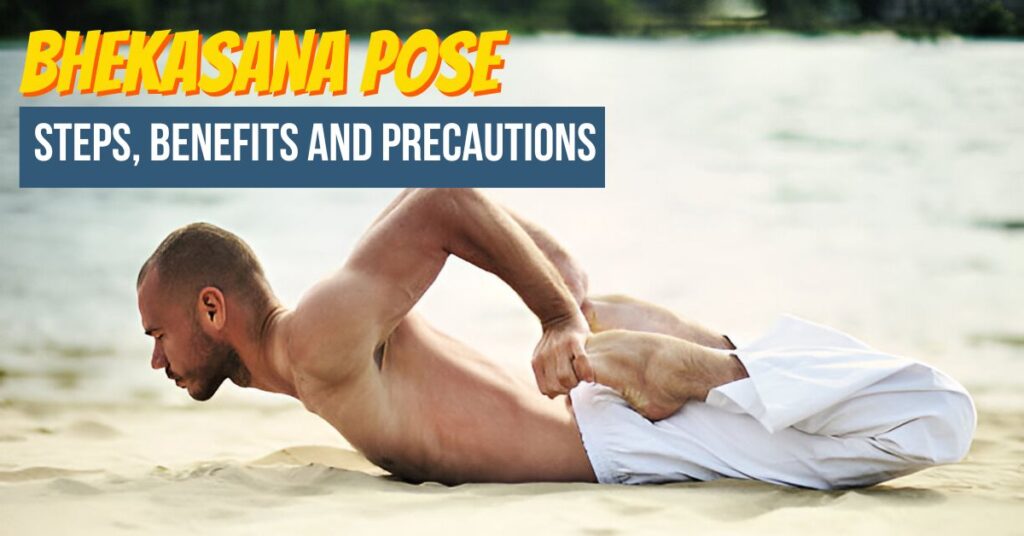Are you a teenager who is willing to increase your height? Or is someone looking for a powerful stretching exercise in order to get balance and flexibility? Today, Yogaasan has brought one of the best solutions to you- Utthita Hasta Padangusthasana! This asana is a standing balance pose that helps in increasing height by stretching the spine and the legs. This pose also improves balance and focus.
In this blog post, we will discuss the Utthita Hasta Padangusthasana information, its procedures, contraindications and Utthita Hasta Padangusthasana benefits. Let’s learn how to master this yoga asana.
What is Utthita Padangusthasana?
Utthita Padangusthasana or Utthita Hasta Padangusthasana comes from a Sanskrit word where Utthita means “Stretched,” Hasta means “Hands,” Anghustha means “Big Toe,” and asana means “Pose or Posture,” This is a standing pose where you simply stretch your legs while holding the big toes with using your hand. In English, it is known as the Extended Hand To Big Toe Pose. It is a base pose that improves balance, concentration and energy levels in the body.
Let’s discuss what benefits this asana offers to our body and the mind.
Benefits of Utthita Hasta Padangusthasana
Before performing this yoga asana, it is important to know the Utthita Hasta Padangusthasana benefits. Here are the benefits you need to know about Extended Hand-To-Big-Toe Pose:
- Opens up your hips, arms and shoulders, which helps increase flexibility.
- Helps you to improve balance, awareness, and concentration.
- Straighten and lengthen the spine, which eventually improves your posture.
- Opens up the chest and thus improves the respiratory function
- Reduces lower back pain and aids digestion issues.
How to Perform Utthita Hasta Padanguthasana?
Now that you know the Utthita Hasta Padangusthasana benefits, let’s get into the step-by-step instructions to perform this asana perfectly:
- You need to start with Tadasana by keeping your feet together and arms beside your body.
- Now, inhale and bring all your body weight into your left foot and try to balance yourself while you bring the right knee towards your chest. Gently hold the right knee.
- Exhale, Grab your big toe with your right hand (the first two fingers). Also, keep your left hand on your hip to keep your body balanced.
- Inhale, Keep your back straight and don’t bend your knees.
- Now, exhale and slowly lengthen the right leg (bent leg) forward.
- Hold yourself and maintain the position for a few breaths.
- Engage your core and make sure your left kneecaps are lifted and there is a micro bend.
- Keep your vision parallel to the floor, and your lifted leg can be at any angle.
- Breathe, and to release the asana, come back to the floor gently and relax.
- Repeat the same with the other leg (balancing on the right leg) as well.
Contraindications of Yoga Utthita Hasta Padangusthasana
While Utthita Padangusthasana can bring many benefits to your body and the mind, it’s important to know that this pose is not suitable for everyone. Despite many Utthita Padangusthasana benefits, here are the contraindications to keep in mind:
- If you have ankle or lower back injuries, then you should not perform this asana.
- Take medical supervision when you have vertigo or low blood pressure issues.
- Do not perform this yoga asana if you are a pregnant woman, especially in your third trimester.
- Don’t hold the pose for too long in case of migraine issues.
- If you are suffering from arthritis, Parkinson’s or any heart-related diseases, you should refrain from doing this asana.
The Bottom Line
Yoga Utthita Hasta Padangusthasana offers many benefits to your body and the mind. If you add this yoga to your daily routine, you will excel in improving your balance, staying flexible and improving your concentration. Moreover, it can help reduce lower back pain and improve the posture. Always keep the contraindications in mind while performing this yoga asana. In case you feel uncomfortable while performing this asana, you can try Utthita Hasta Padangusthasana variations by bending your knees, using a strap or towel to support your leg, or you can go for other variations like practicing the asana against a wall. That’s all the information about Utthita Hasta Padangusthasana Yogaasan have for you, Namaste!
